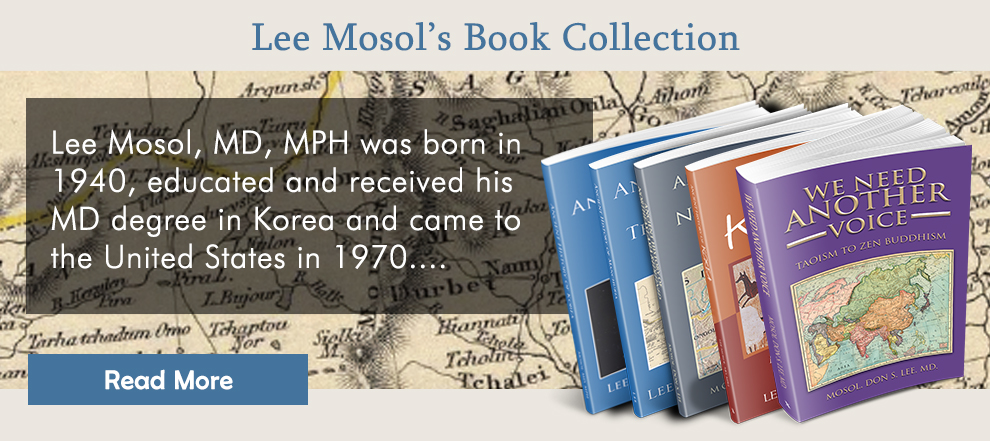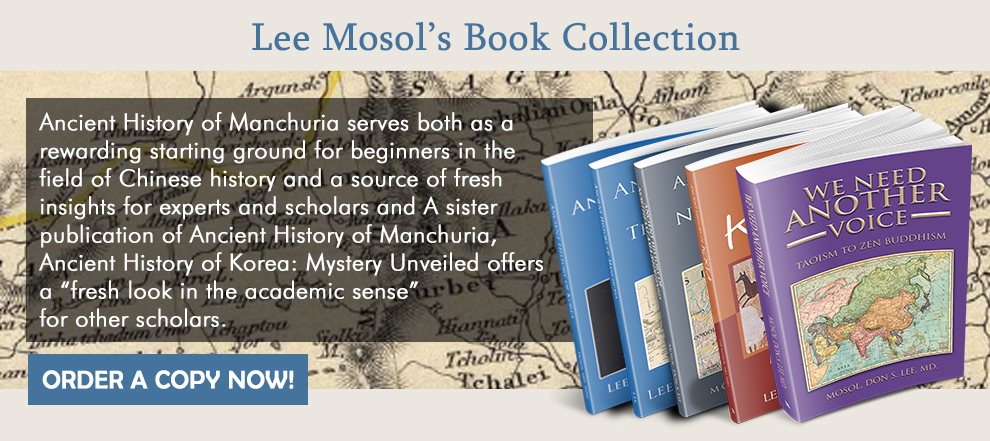The birthplace of Ancient Korea(古朝鮮)-Discussion-6:
How Western Zhou achieved Glory in a short time period?
No one has come up with reasonable explanation. It is obvious as seen in the earliest Engraving (利簋) unearthed . The place where Gija(箕子) and Shang-yong (商容) went into at the end of Shang dynasty did have far advanced culture than Yinxu (殷墟), literally the ruin of Shang capital . The new comer utilized “the skill and know how” of Locals. The glory of Old Joseon was well spelled out by Confucius to his disciple in the Han Shi Wai Zhuan as they talking about Shijing Kwanjeo . Confucius named Old Joseon as Buyeo (不由, 蜉蝣. 浮游, 扶餘) and the leader as the general Heyeo(將奚由). The logograms “奚由, 奚” have noticed in many scriptures relating with the Shanxi province.
The new comer took atrocity under the name of “維新” policy written in the Shang Shu (尚書 西伯戡黎, literally Chief of the west Conquest Li), two generation before the Battle of Muye or Mu around 1046 BC . It is obvious the newcomer stole the old glory of local people had built in the Shanxi Province.
There are two extremes in the scriptures:
Shijing for ritual song (雅)has many poems to glorified the foundation father King Wen (周文王; 1112 – 1050 BC) of western Zhou . They interpreted song Xiá yuè (假樂. 遐樂Ha-ak/하악 by Korean) as a poem glorifying the King Wen (周成王; 1042-1021 BC), thereby justify the Glorious period (成康之治)of the Western Zhou.
The other side of evidences are not well publicized, but in the component of “周” logograms . Zhou (周) is the opening sound of Kill (Zuk, 죽었다) and meaning of boat (배 舟,배 船)by Korean . Zhou clan were southerner, came from the east of Hangu-pass along the river bank, settled near the city of Xian(率西水滸,至于岐下), utilized skill of the locals, and oppressed them to build the glorious culture (成康之治) of Western Zhou . They used different language as seen in the Li gui (利簋) engraving. The outsider settled in the west(周原; Origin of Zhou) vs Northerners in the East of Yellow River(韓原: Origin of Hahn) around the Xiechi pool of Shanxi Province. Gija(箕子) was a descendent of Buyuel (傅說: from the word Buyeo) who had been from the Shanxi Province and worked as minister in the Shang dynasty.
The phrase “彝倫攸敘” the King Wu asked to Gija:
This event is well publicized in many places by many scholars. It is worthy to explore in depth.
The place Gija went to and came back to is the place where the epic flood had been in the Shanxi Province. It is obvious. Joseon was in the Shanxi Province. King Wu of western Zhou defeat Shang tyrant and start to govern in the same place where the epic flood had been. King Wu asked. Gija answered. King Wu must be aware of that Gija would know the ancient governing law known as “洪範九疇 彝倫攸敘” which is first governing guideline in the place king Wu start to govern . It suggest that King Wu was newcomer and Gija was one of the descendants of the locals.
They used many different logograms related to this event.
The phrase ““洪範九疇 彝倫攸敘”” in the Shang Shu had been recorded with many other PSMCs and different interpretations.
First, They expanded the size of original Nine Provinces by changing interpretation of logogram. They implanted the logogram“汩” of “汩 陳其五行” to the branch of Yanze River(揚子江, 長江) Valley where the poet Qu Yuan (屈原:c. 340–278 BC)died . Semantics of logogram “汨mì” is the same as the name of poet. Since the general Wu Zixu (伍子胥) of the Spring and Autumn period died there as well, someone could pin point location to further SE in the current map.
The original Nine Provinces is the homeland of Sima Qian. He was multilingual, mastered many dialects, and spelled out the phrase “洪範” to “鴻範”, “九疇” to “九等”, “彝倫攸敘” to “常倫所序”
It is clear now. The phrase “洪範九疇” means the Nine arable highland (산등성이) in the flood prone Fen river Valley. The logogram “疇” is being recorded as “儔; 翳也. 催:相儔也” referring Baek-ik associates (翳, 催) or descendants . The logogram “Yi彝” is the same as “常” and “恆” which is the same “恒,桓” being used as the hiding place of Wuhan (烏桓, 烏丸, 烏亘, 烏孫) tribe. Phonetic of Yi in the logogram “Yi彝” has been replaced with many other PSMCs and used as a symbol of Baek-Ik. The Nine provinces were the homeland of Baek-Ik who is known to be the leader of Dong-yi
They set up stele (百蟲將軍顯靈碑) for him under the name of “General for hundreds of worms” and made lots of nick names .
The Emperor Wencheng of Northern Wei(後魏成帝, 拓跋濬) revealed the meaning of “彝倫攸敘” in 462 at the end of cabinet meeting . His clan is a branch of Xiabei, had been living in the Shanxi Province and got the family name Tuoba “拓跋, 척발 Chuk-Bal by Korean”. The family name has been explained with lots of twist. Logogram “拓” means the place by the Shanxi dialect(北方謂土爲拓). Bal“跋” means bright which could be described as Huan “桓, 非” so that the family name is meaning “아사달, 阿斯達, 宅嵎夷暘谷)and . They set up the Western Xia or Tangut Empire (1038–1227), called as (白高大夏國), had sun in their seal, and left Tangut scripts.
They adopted the surname Yi(李) which is the main branch of Baek-ik descendants. Logogram “囲” is precursor of “國, 圍” which all related with the WELL, COUNTRY, and GO game.
The phrase “常倫” refers the ethics of Yi, that means the Common Sense Ethics. What the King Wu asked to Gija was every common dilemma: sequence of event (所序) is the most difficult one. It is the key to success as shown in the GO game which Baek-ik invented. Only Korean used unique name for the GO (圍棋, 霸, 혁, 바둑, 대국 장면)game . The prof is imbedded the in words and the game itself such as “纛, 纛島, 伯益名弈, 奕, 若愚”. Bae-ik started military drill as well by using hunting dog. That is the tradition of “臘,” “爾雅 釋言”. As practicing annual military drill, they used the flag with the logo “纛,翳也” in the flag which reveals the fact. As late as Rhee dynasty of Korea did have had an annual military drill in the small island (纛島)in the upstream of Han River.
Another evidence is in Shijing as well.
The Lunheng (論衡變虛) and Xin Xu (新序) provided the source from the Yanzi Chun Qiu (晏子春秋 景公使祝史禳彗星晏子諫) which cited a segment of poem in the Shijing. Yanzi is well known debater (辯論家) before Gongsunlongzi White Horse Discourse and cited the verse “夏后及商,用亂之故, 民卒流亡” to the wrong era. The verse isn’t in the current Shijing. It has the phrase “夏后之世”, which is referring the chaotic era of late Xia dynasty. Scholars interpreted this verse as the era of King Wen (周文王) of western Zhou. They explained the phrase “君無穢德” is the reason of massive escape and downfall of both Xia and Shang kingdom . The logogram “穢”can’t be interpreted as dirty or filthy as in dictionaries. Yiae “穢” is an abbreviation of Yaemaek(濊貊, 穢貉) people. The cited phrase means that the ruler of Yaemaek people had been providing outstanding leadership for the people.
The Old Joseon is indeed the birth place of motto Hongik Ingan (弘益人間), Devotion to Human Welfare. Those are clear evidences that Old Joseon did have far advanced culture, civility, and invented archaic form of logogram.
End
About the Author
Written by Lee Mosol
Retired physician from GWU and Georgetown University in 2010 2011: First Book in Korean "뿌리를 찾아서, Searching for the Root" 2013: Ancient History of the Manchuria. Redefining the Past. 2015: Ancient History of Korea. Mystery Unveiled.
Recent Posts
Recent Comments
- Don S. Lee MD on 부여의 시말:
- Seowa etymologist on Silla from Zhina(Southern China) to Korean Peninsula.
- James Kim on 약우 (若愚)
- James Kim on 약우 (若愚)
- James Kim on 약우 (若愚)
Archives
- November 2024
- May 2024
- February 2024
- October 2023
- August 2023
- June 2023
- May 2023
- March 2023
- February 2023
- January 2023
- August 2022
- July 2022
- April 2022
- March 2022
- January 2022
- December 2021
- November 2021
- October 2021
- September 2021
- August 2021
- July 2021
- June 2021
- March 2021
- February 2021
- January 2021
- December 2020
- November 2020
- October 2020
- September 2020
- May 2020
- April 2020
- March 2020
- February 2020
- January 2020
- December 2019
- November 2019
- October 2019
- September 2019
- August 2019
- July 2019
- June 2019
- May 2019
- April 2019
- February 2019
- January 2019
- December 2018
- November 2018
- October 2018
- September 2018
- July 2018
- March 2018
- February 2018
- December 2017
- November 2017
- October 2017
- September 2017
- August 2017
- July 2017
- June 2017
- May 2017
- April 2017
- March 2017
- February 2017
- January 2017
- December 2016
- November 2016
- October 2016
- September 2016
- August 2016
- July 2016
- June 2016
- May 2016
- October 2015
- September 2015
- July 2015
- May 2015
- April 2015
- November 2014



